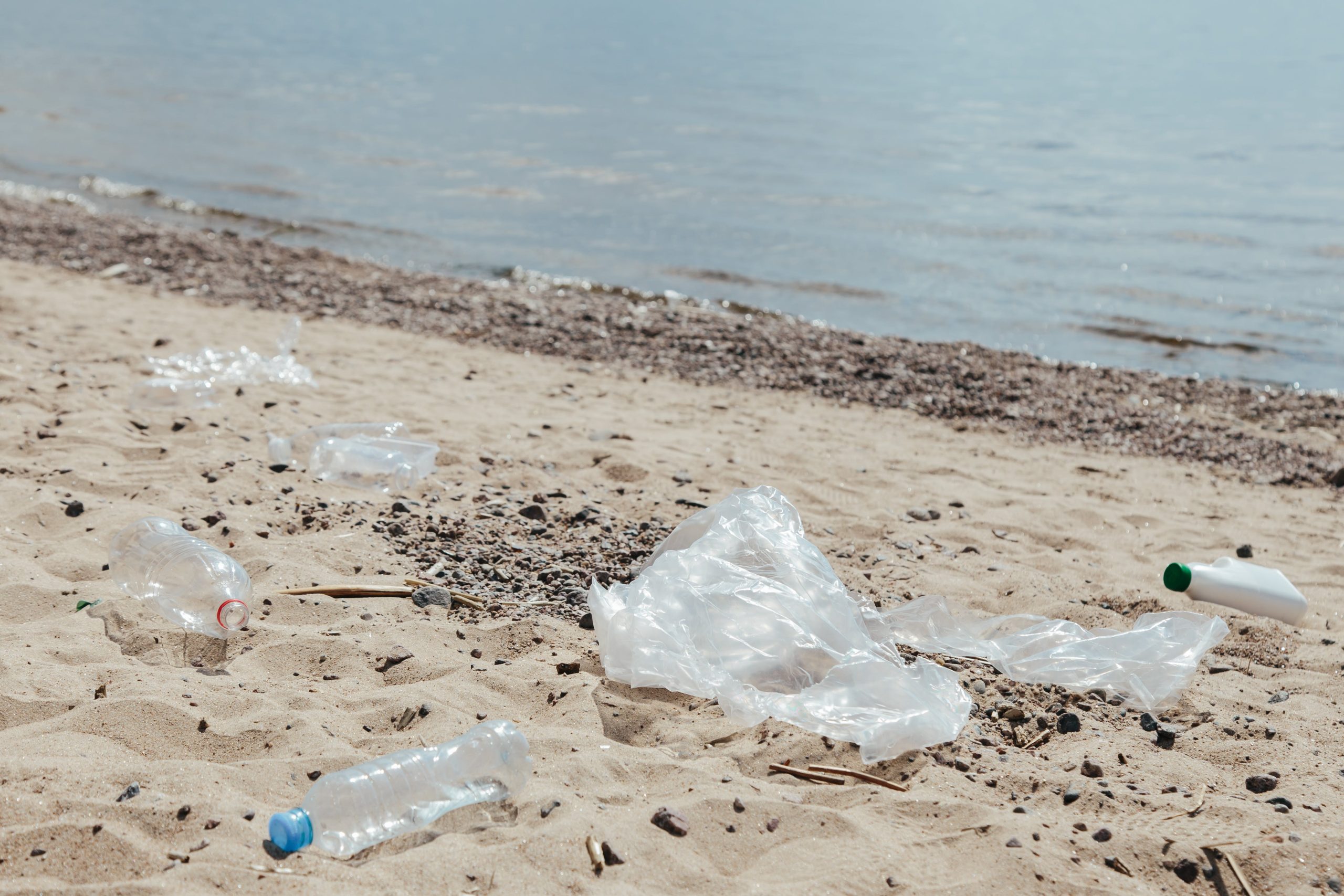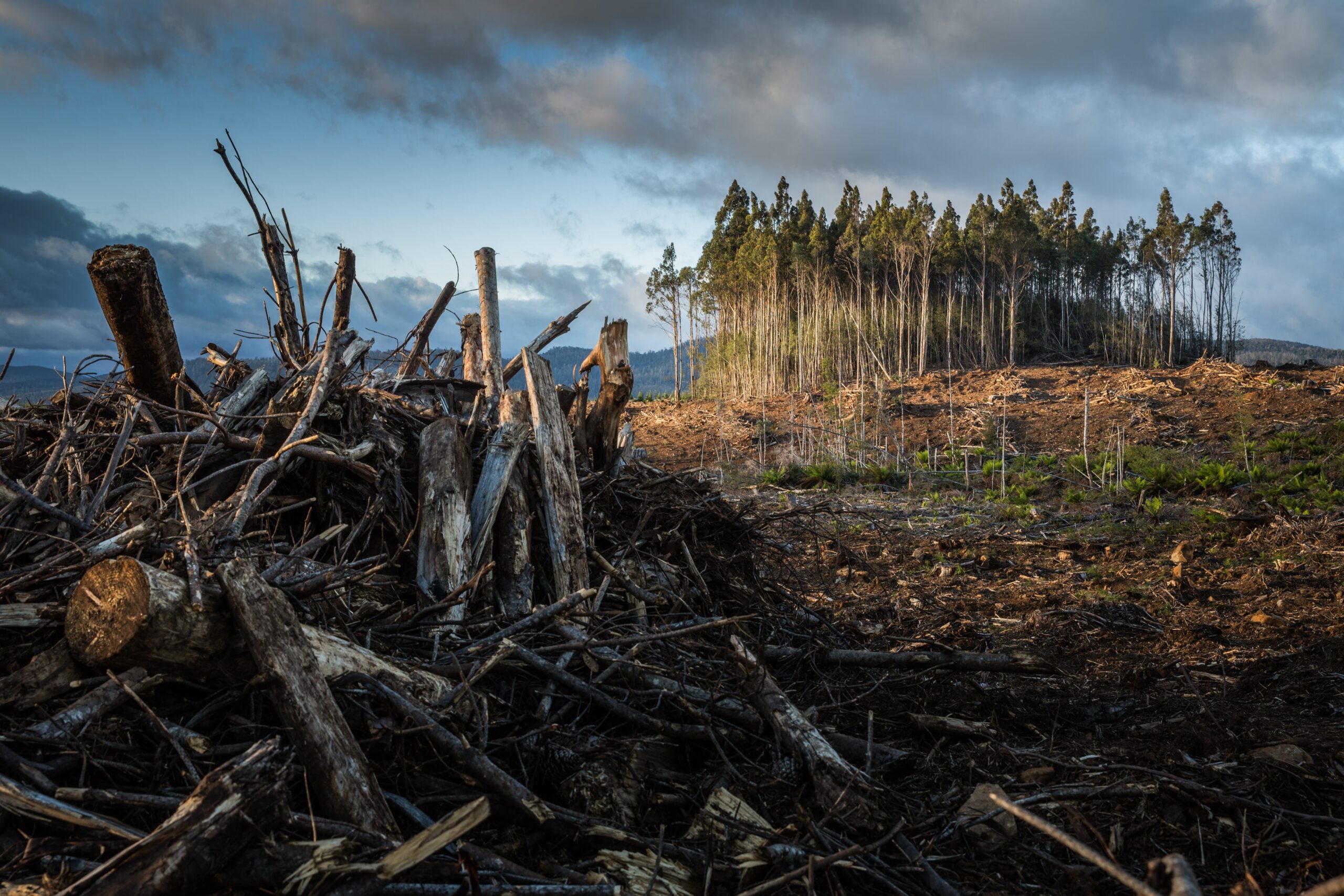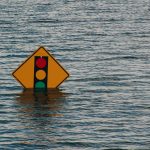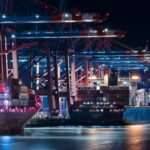Reconceptualising Climate Change

Is the recent plastic pellet ocean our future?
Seemingly innocuous, recent events have made us realise that nurdles are starting to become a real plague for our environment. But, thinking about it deeper, are they starting to become a plague, or were they already a plague before – one that we could not see or did not desire to see, and are now starting to notice?
Nurdles, otherwise known as pellets, are small pieces of plastic polymer used for the elaboration of all types of plastic containers for commercial use. From bottles, bags, and cables to catheters, toys, or your favourite notebook, pellets are used by the industry on a ubiquitous basis. They have a minuscule size, not daring to have a diameter superior to five millimetres, but are slowly accounting for a much more extraordinary issue than any of us could have imagined.
A few weeks ago, a transportation vessel belonging to the Danish company Maersk accidentally dropped a total of six containers in Portuguese waters. Out of these six containers, one of them transported a total of 26 tonnes of plastic nurdles. 26 tonnes. As a mere number, it might roll easily from our tongues, but when we put it into context, it would equal a mass of about one 1986 John Deere 790 Excavator, thirteen Piper PA-31 Navajo twin-engine planes, 26 Volkswagen Polo 6, or 43 average-sized cows. All that morphed into nurdles possessing a size inferior to 5 millimetres, coated with chemicals.
Ocean tides have slowly brought the residues to the northwestern coasts of the Iberian Peninsula, leaving the inhabitants of Galicia, one of the most affected territories, quite baffled at the sheer quantity of them. Although the WHO and the IMO have assured the population that they are not topically hazardous, this does not apply to the case of ingestion.
Trophic chains are some of the most intricate creations of Mother Nature, able to carefully craft an interdependent system where natural balance is achieved in the light of survival. However, that is precisely the problem of anthropogenic forms of altering these systems – there is no longer a sense of balance between the parties involved. Due to the highly complex interdependence between them, the doom of one is the doom of all, triggering a forceful evolution to survive. As the lower levels of the trophic system consume the nurdles, which, although not toxic through topical contact but indeed categorised as highly potentially toxic through ingestion, thus entering the trophic chain through a door of no return. Intermediate levels will feed on lower levels of the alimentary chain, and eventually, the alimentary hierarchy will continue until the harmful chemicals in the pellets reach the apex predators. The bigger and the fattier the fish, the more prone we are to the consequences of the dangerous chemicals, as the higher on the trophic chain, the higher the concentration of detrimental residues.
There have been several initiatives on a domestic level to attempt to take care of the situation, but due to the extremely small size of the pellets and their non-floatable characteristics, there is little that can be done at this stage. Volunteers are actively going to coasts and sifting through the sand, but it is proving to be a harder task than originally thought, as their small size forces certain types of seashells to also be sifted out of their natural environment.
This train of thought leads us to rethink how we conceptualise pollution and its ramifications in the environment. Is it climate change? Is it a climate emergency? Perhaps environmental degradation? It’s all of them, and none of them at the same time. It is a crisis, a glaring red emergency that, if we do not act against it, will end with us. We have crafted the environment that we so desperately seem to be destroying in the way that benefits us the most, creating links of interconnectedness and interdependence. However, we seem to reject taking accountability for it, and if we do, it is in such a carefully curated way that most of us do not even understand what it truly means. We term it as weather pattern shifts or ecological imbalance to avoid calling it what it actually is: a catastrophe. This conceptual positive feedback loop needs to stop, as the first step for acting against the environmental crisis we are suffering is to recognize, schematize, and rehabilitate the damage we have done.



